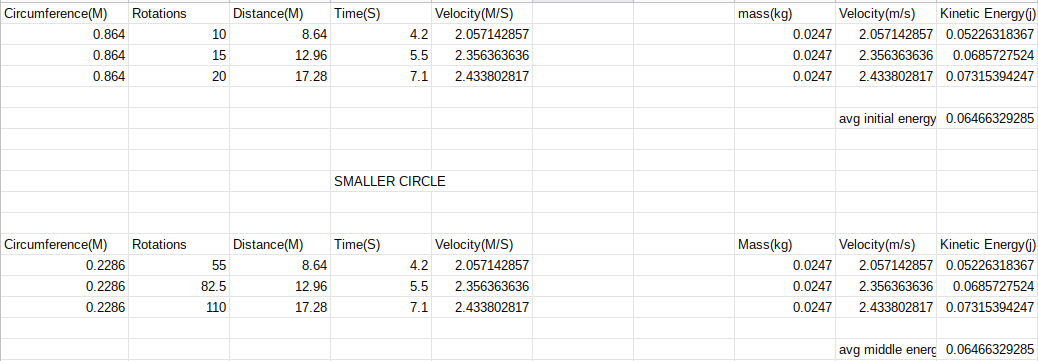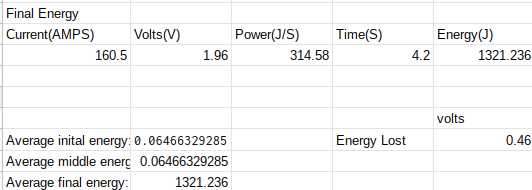By: Michael, Indy, Trinity and Takotah
Roles of group project: Trinity: HR Indy: Project manager Takotah: System analysis Michael: Data person
Me and my group where making a hand crank generator that can make a light bulb light! It turned out alright.
It was important to have persistence in our group because we needed to work and finish our project on time and hear each other out.
We had a hard time figuring out what project we should build. We started off thinking that we were going to build a dam but ended up make a hand crank generator. We had lots of problems while building the generator. One problem is it didn’t make enough energy so we had to build a bigger gear to produce more energy. My group had a problem with the “belt” and what material we should use. We started out using a rope of rubber bands tied together. That didn’t work because the knots didn’t fit through the walls around the gear. We then tried a shoe lace type string but it wasn’t able to be tied tight enough. We finally found a rubber band that was long enough and fit around both gears. It worked, but the light bulb was only flickering. This gave us hope that we were getting close to success. We then realized that using an LED light with lower voltage would make it easier to light and take less energy. We went from a 3 volt LED to a 1.5 Volt LED. We recorded our volts generated and our current, and were then able to take an educated guess on our energy lost. We started with a gear that was about 3.5 inches in diameter to turn that small gear. Since we weren’t generating enough energy, we came up with the idea to have a bigger gear spinning the smaller gear to increase the kinetic energy in the smaller gear.


We calculate the kinetic energy of the gears by measuring them, and watching how many times they spun in a matter of a controlled time. We also observed that the small gear spun 6 times after the bigger gear spun once. We then used the kinetic energy formula, KE=1/2mv^2
Our energy was lost in the process of the gears spinning. We were putting our a lot of energy, and the gears weren’t spinning fast enough. Using bigger gears would have made them spin fast, and more times. It also could have been potentially lost in the motor.
We used an ammeter to measure out volts and current. It is seen in the videos showing the calculations.
Conclusion:
We learned that energy can be transformed in many different ways. We used our own strength to transform our energy into kinetic energy that spun a motor from a toy car that turned rotational energy into electricity. Our project teaches how to use your energy to transform kinetic energy to electricity using your hands and a motor to light a bulb.

First I would like to commend you on actively representing your group roles every day working on this project. For many, group work is a difficult task but I think you worked well together to make a successful product.
Your mentioned making an educated guess on how the energy was lost. I very much know how that feels. Working with transforming power is a difficult way to work but as far as the video showed your group did an excellent job with the final product.
The idea of having two gears was very intelligent with the way your model was set up. It was very useful to your end product.
Controlling your variables with time and power is not a very common experience that people think of and was a great example of using the habit of mind: thinking interdependently.
what was the biggest struggle that your had when making the crank
-kayden
Do you think you would have been able to generate more energy if you used an even bigger gear? DO you think it would keep increasing the power generated if you kept using continually bigger gears, or do you think there’d be some changing/stopping point?
would it be better if you used a thicker rubberband or some kind of a string. it was smart on how you guys set the gears to very different sizes to make more power. the idea was nice and prepared well.
i think its really cool that something so simple could light a lightbulb
I really liked your idea your video descriptions they were precise an to the point. The charts an numbers looked good too I think it would be cool if you did this project again in the future to create a more solid structure.
It was very cool of you guys being able to power a light bulb using arm power. I feel like the website page could have been a little more organized (titles mainly), but great job overall
You problem-solve very well, lots of experimentation, and very clearly explained. Excellent work.
I wanted to say that the concept idea was amazing, the explanation was superb, and the the calculations and spreadsheet looked really good.
Who is me and my group who is writing post.videos have good explanation wasn’t a fan of the kill your self comment but good explanation to describe how it works and the equations.
changing your gear from a small gear to a large gear it looked like it worked way better because you could actually see your light bulb glow
I can tell you guys put a lot of effort into your project, I liked how your group produced your own energy instead of relying on a form of energy.
What gave you the idea to use these materials?
I really like the way that you guys problem solved. Thinking of the idea to use bigger gears was a fantastic idea.
Very clearly explained, I definitly think that someone could read this and follow the experiment at home!
I really admire your groups persistence and ability to work through your hardships as a group without giving up.
How long did it take you to reach your goal? It seems like you guys really know what you’re doing. I applaud you for thinking as flexibly as you did. It’s quite amazing that you were able to accomplish this. Good job.
your video was great you used good description words and explained the process well